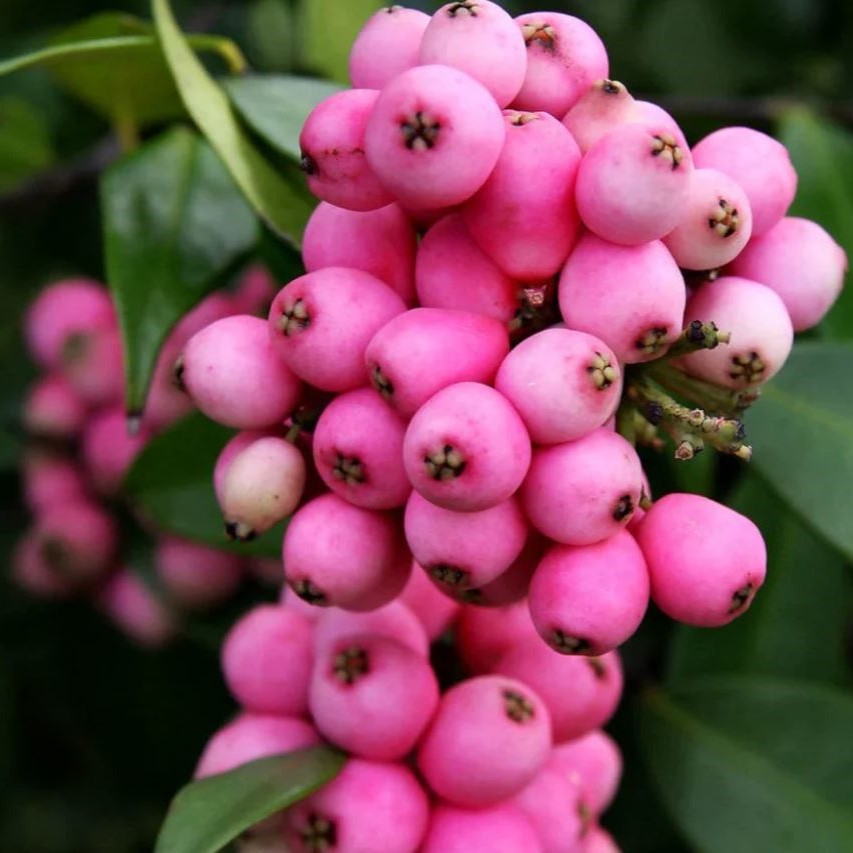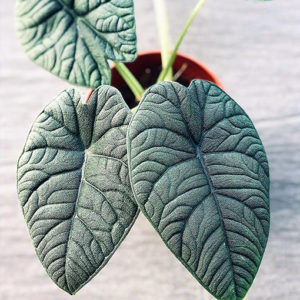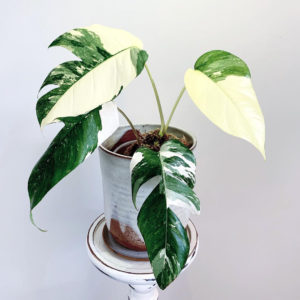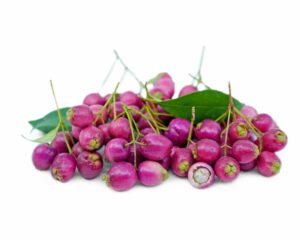
#Thejunglecollective!
Lilly Pilly, a versatile and attractive plant, is a popular choice among gardeners in Australia and beyond. Known for its vibrant foliage, colorful berries, and utility in hedging and screening, the Lilly Pilly offers both aesthetic appeal and functional benefits. In this guide, we’ll explore the essentials of growing and maintaining Lilly Pilly plants, including soil requirements, sunlight needs, pruning techniques, pest resistance, and more.
Varieties of Lilly Pilly
Lilly Pilly plants, belonging to the genus Syzygium, include several notable species such as Syzygium luehmannii and Syzygium australe. These species are commonly referred to as Riberry and Brush Cherry, respectively. Each variety has unique characteristics, but all share the common traits of lush foliage and bright, attractive berries.
- Syzygium luehmannii: Known for its small, glossy leaves and vibrant pink to red berries, this variety is often used in ornamental gardening and culinary applications.
- Syzygium australe: With larger leaves and berries ranging from pink to purple, this variety is popular for hedging and screening due to its dense growth habit.
Growing a Lilly Pilly
Soil and Planting
Lilly Pilly plants thrive in well-drained, fertile soil. Maintaining adequate soil moisture is crucial, especially during the establishment phase. Ensure the soil remains consistently moist but not waterlogged to support healthy root development.
- Soil Moisture: Optimal soil moisture is key to successful Lilly Pilly growth. Using mulch can help retain soil moisture and regulate temperature.
- Full Sun: Lilly Pilly plants perform best in full sun to partial shade. They need at least 6 hours of direct sunlight daily to flourish and produce abundant berries.
Planting Tips
- Spacing: When planting Lilly Pilly as a hedge or screen, space the plants about 1-1.5 meters apart to allow for proper growth and airflow.
- Depth: Plant Lilly Pilly at the same depth they were in their nursery pots. This helps avoid stress and promotes healthy establishment.
Care and Maintenance
Pruning
Regular pruning helps maintain the desired shape and size of your Lilly Pilly. Prune Lilly Pilly plants in late winter to early spring before the new growth starts. This encourages denser foliage and more prolific flowering and fruiting.
- Hedge or Screen: For hedging, trim the tops and sides regularly to achieve a uniform look. This also helps in maintaining a manageable height.
- Shape and Size: Pruning can also be done to shape individual plants, allowing for creative topiary designs or formal garden layouts.
Pests and Diseases
Lilly Pilly plants are generally hardy but can be susceptible to certain pests and diseases.
- Psyllid Resistance: Some Lilly Pilly varieties, especially newer cultivars, are bred for resistance to psyllids. These pests cause unsightly lumps and distortions in the leaves. Choosing psyllid-resistant varieties like Syzygium australe ‘Resilience’ can help mitigate this issue.
- Sooty Mould: This fungal disease appears as a black coating on the leaves and stems, often associated with sap-sucking insects like aphids and scale. Managing these pests is key to preventing sooty mould. Use insecticidal soap or neem oil as a treatment.
Seasonal Care
Spring, Summer, and Autumn
- Spring: As the growing season begins, ensure your Lilly Pilly receives adequate water and start feeding with a balanced, slow-release fertilizer. Prune to shape and remove any dead or damaged branches.
- Summer: Monitor soil moisture closely, especially during hot, dry periods. Mulching helps retain moisture and keeps the roots cool.
- Autumn: Prepare your Lilly Pilly for the cooler months by giving it a final prune and applying a layer of mulch to protect the roots from frost.
Benefits and Uses
Ornamental Appeal
Lilly Pilly plants are prized for their lush, evergreen foliage and bright red to purple berries. The berries not only add color but also attract birds, adding to the biodiversity of your garden.
Edible Berries
Lilly Pilly berries are edible and can be used to make jams, jellies, and sauces. Syzygium luehmannii, in particular, is known for its tart, cranberry-like flavor, making it a favorite for culinary uses.
Hedges and Screens
Due to their dense foliage and rapid growth, Lilly Pilly plants are ideal for creating privacy hedges and windbreaks. They can be maintained at various heights, making them versatile for different landscaping needs.
Lilly Pilly plants are a fantastic addition to any garden, offering both beauty and functionality. With proper care, including attention to soil moisture, sunlight, and regular pruning, these plants can thrive and provide year-round interest. Whether you’re looking to create a stunning hedge, enjoy the bright berries, or simply add a touch of green to your space, Lilly Pilly is a versatile choice that won’t disappoint.
By understanding the basics of growing and maintaining Lilly Pilly, you can enjoy their many benefits for years to come. Choose the right variety for your needs, provide the necessary care, and watch your garden come to life with these vibrant and resilient plants.
If you want more information about caring for indoor and outdoor plants, check out our shop for a wide selection of both plants and planters.





















